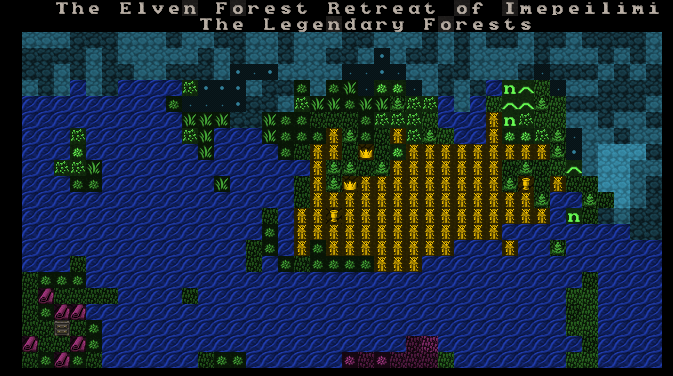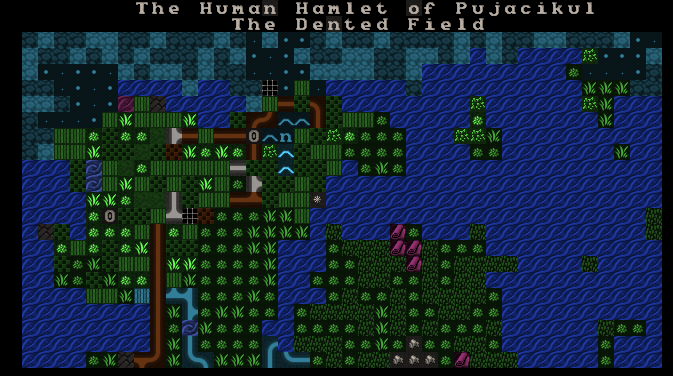

Dwarf Fortress and Magic
This interview with Tarn Adams about upcoming changes in Dwarf Fortress is interesting not just because it offers a preview about things that are being added but because it offers some insight into the development process.
Dwarf Fortress’s complexity and depth is pretty much unrivaled. Of course, that’s partially because it has eleven years of development work behind it. It was a bit legendary even before it’s first release, given the scope of the project.
At the same time, I want to emphasize that, while I greatly admire Dwarf Fortress, it’s not something that every generative project needs to aspire to. One of my friends has a saying: “You are not Tarn Adams.” There are a few people who are able to dedicate that much time to a single, sprawling project, and chances are that you’re not one of them. And, most likely, you don’t need to be. Small projects can be delightful too.
But can smaller projects learn from Dwarf Fortress? I think they can. As I said with the history generation, generative processes can add to your system even without the vast emergent complexity of Dwarf Fortress’ tooth simulation.
In the case of the magic system, one lesson we can draw from this interview is that generative methods let us manage change. If the magic system is generative, then it’s possible to change the effects of the magic by altering the parameters of the generation. Generative methods are an effective way to implement highly dynamic systems.
This can be applied to much simpler games: how about giving the player the ability to change the parameters of a level while they’re playing it? There’s been some experimentation along those lines already, but the possibility is largely unexplored.
I fully expect that it’ll take years for Dwarf Fortress to add the full complexity that is discussed in the interview. And I advise against attempting something similar without fully recognizing what you’re in for. But I’m glad that Zach and Tarn Adams are out there out making it.
